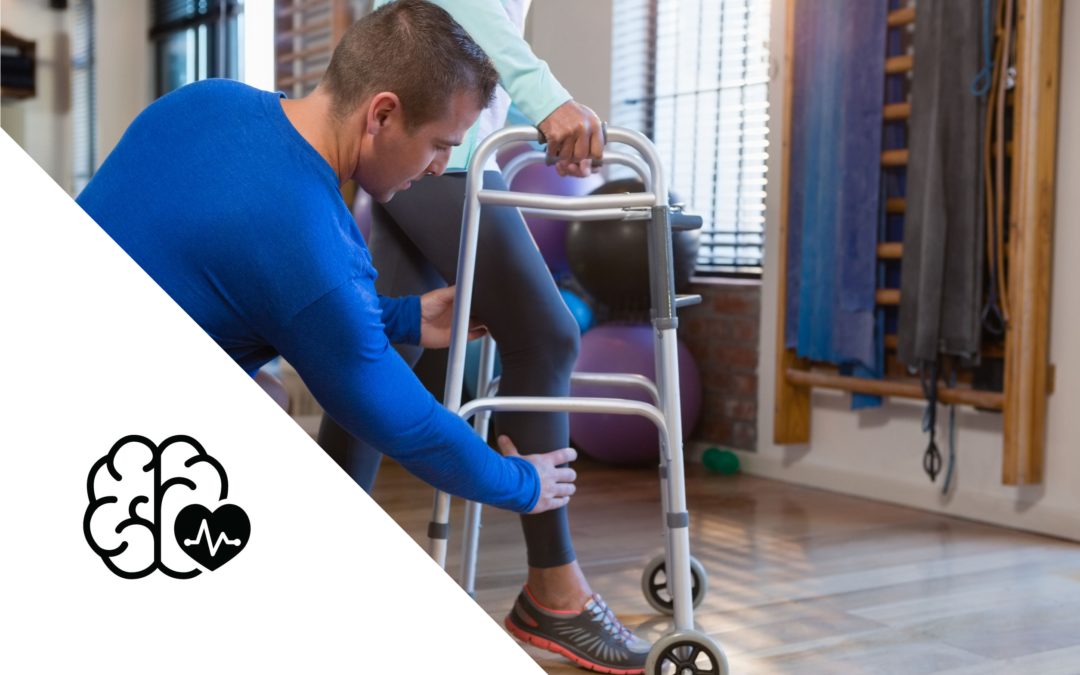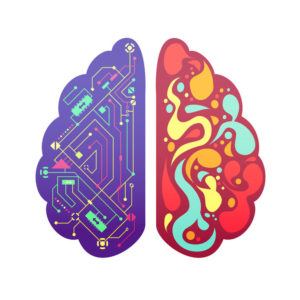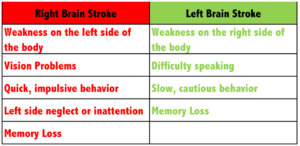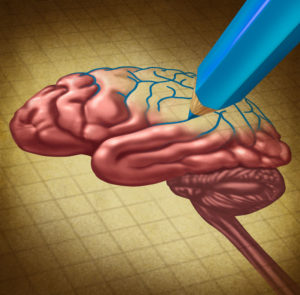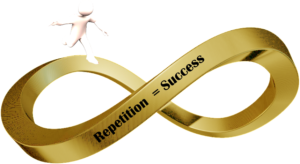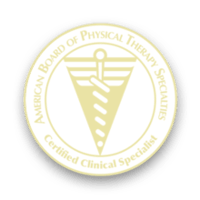The CDC reports someone in the US suffers a stroke every 40 seconds and is the leading cause of long term disability. A stroke can occur anywhere in the brain causing a variety of problems with vision, cognition (thinking), speaking, mobility, and memory. Hence, the high number of those who suffer long term disability. Stroke rehabilitation is critical to minimize the severity of these problems and maximize neurologic recovery. If you are a stroke survivor, you must be asking yourself, how do you regain your independence and get your life back? I thought you would never ask 🙂 Here are the 8 most important things you need to know to get the BEST result from your stroke rehabilitation program.
#1 The Brain is a Control Tower
The brain is the control center that is responsible for EVERY function of the body. A stroke disrupts blood flow causing damage to the nerves in the brain. This prevents the brain from sending critical signals to the body, hence, the problems with vision, speech, cognition, mobility and memory. The purpose of a stroke rehabilitation program is to create new connections around damaged nerves. When you practice thinking, speaking, and moving your brain is retraining healthy nerves to perform these functions.
#2 Left Brain versus Right Brain
The brain is made up of 2 hemispheres. From the outside, they look identical, however, they function very differently. A stroke on the right side of the brain effects the left side of the body and vice versa. But that is not the only difference. Damage to the right hemisphere typically causes more problems with vision where as the left will cause more problems with speaking.
#3 A Stroke is a Brain Injury NOT a Body Injury
Ok, now this is a tough fact to understand. From the outside, it looks like one side of the body is damaged because it is not functioning properly. The reality is, YOUR ARM AND YOUR LEG WERE NOT DAMAGED. The part of the brain that controls the arm and the leg was damaged. Knowing this is critical. Why? Well, stroke rehabilitation is about retraining the parts of the brain that control the parts of the body that are not working properly.
#4 The Brain is Plastic
Plastic? Yup, it is a term all stroke survivors should become familiar with. Neuro-PLASTIC-ity. Neuroplasticity is the way the brain creates new pathways and retrains healthy neurons to replace the damaged neurons in the brain. For this rewiring to happen, requires time. The more time you spend on an activity, the greater the opportunity for the brain to create this new pathway.
#5 Perfect Practice Makes Perfect in Stroke Rehabilitation
This is critical. The brain is in learning mode. Similar to the way a child learns during normal development, your brain is in (re)development mode. Just like a child will copy what it sees, your brain will copy and remember exactly what the body is doing. Why is this so important? The way you move now is what the brain will learn and it is how it will rewire. This is why it is critical to perform activities with good form, and make movements on the involved side look exactly the way the movement looks on the uninvolved side. Doing activities in front of a mirror is a great way to see that you are performing the movement correctly and without compensations.
#6 Repetition, Repetition, Repetition
Repetitive practice is how the brain learns and encourages the brain to make new connections with the body.
#7 Plateaus are a Normal Part of the Recovery Process
It is normal for progress to slowed down between three to six months following a stroke. This occurs because the brain is entering a new phase of the healing process. Try not to get discouraged. Brain healing takes time and your brain is just transitioning into a new phase. The best way to cope with this is to stay focused on the small things that are getting better. Yes, you may not be back to your old self yet, but you will get there one day at a time.
#8 THE BRAIN NEVER STOPS LEARNING
The human brain is ALWAYS creating new neurons. If this were not true, adults could not learn new skills or retain new information. Experience has given me many opportunities to see this occur with stroke survivors. Patients who suffered a stroke 10+ years ago, still showing improvements. Bottom line is, unquestionably, progress never stops. What I see are stroke survivors with desire, perseverance, strength-of-will and a motivation to succeed. It is easy to get discouraged, give up and lose hope. Without hope we lose vision of what is possible. Without a vision above and beyond where we are today, is the greatest barrier to progress. So don’t give up. If you have lost your way, get back on track. Your next victory is waiting for you.
MORE STROKE INFORMATION

